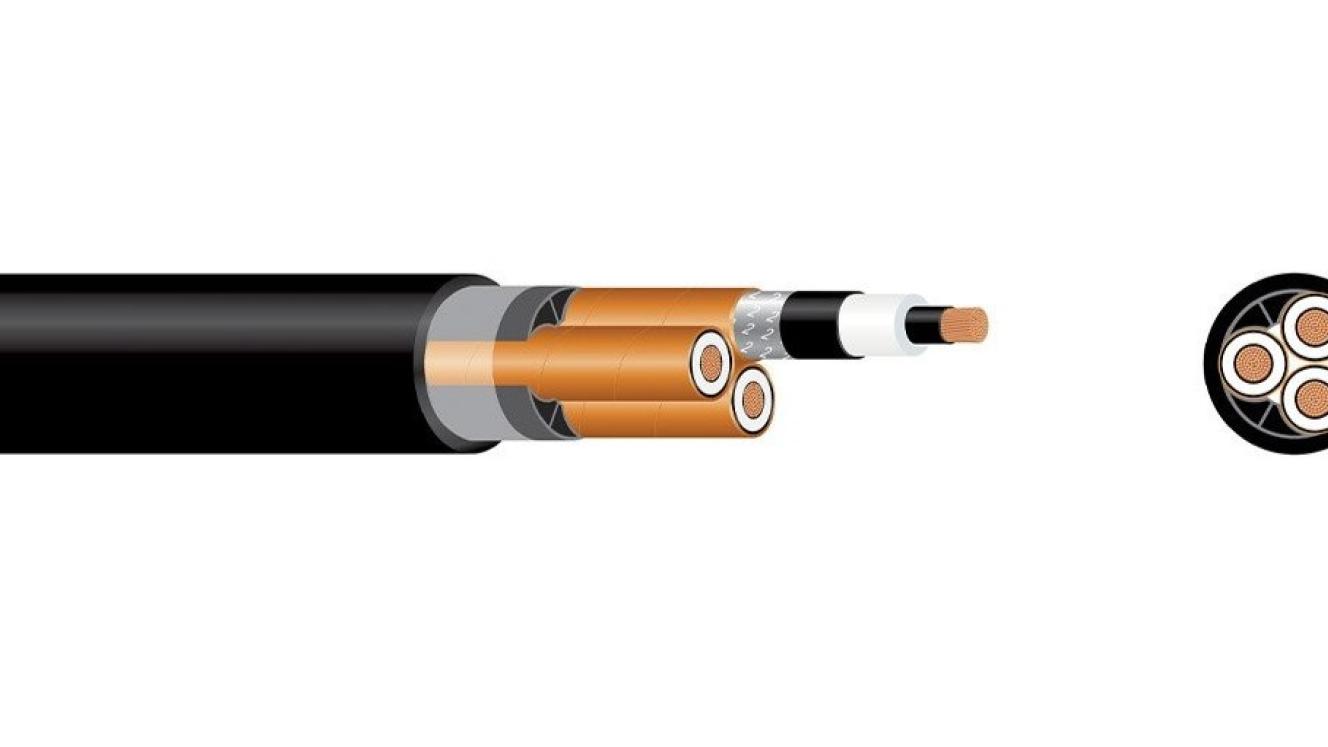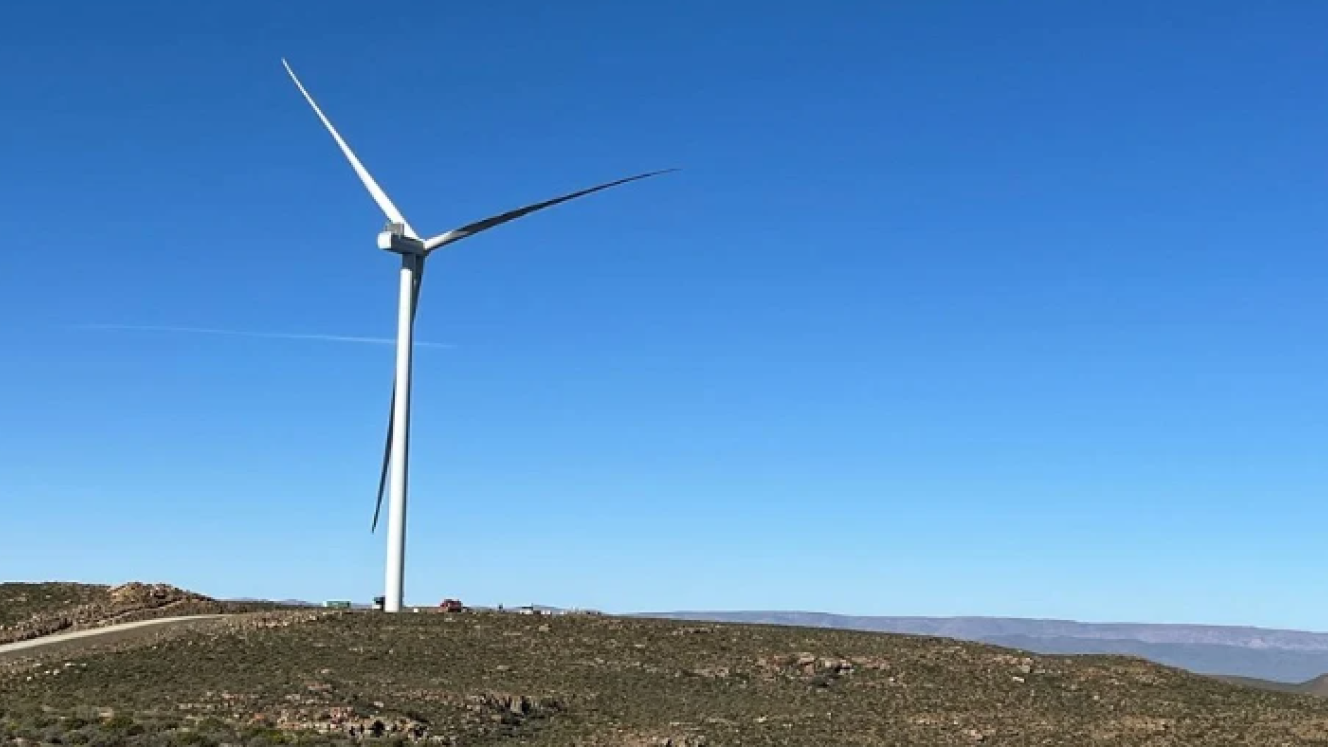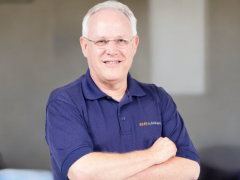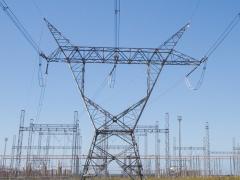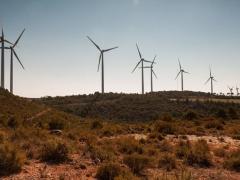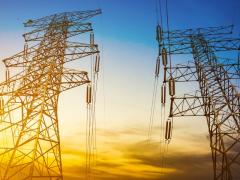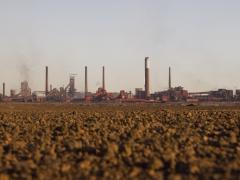Aberdare Cables has extended its product range to include medium voltage (MV) cables with radial water blocking using aluminium laminate technology. The development aims to improve cable durability in environments with high water levels such as coastal and wetland areas.
“Understanding the challenges related to the continued use of paper cables as well as the need to improve the life of XLPE cables, especially when used in high water-level areas, Aberdare Cables has extended its range of products to include radially water-blocked MV cables making use of aluminium laminate technology,” says Donemore Torerwa, GM of Product Development and Applications at Aberdare Cables.
Paper-insulated, lead-sheathed cables have traditionally been preferred in areas with high water levels despite their lower current ratings and environmental concerns. Aberdare’s new offering aims to address these drawbacks by combining the higher thermal performance of cross-linked polyethylene (XLPE) with improved moisture protection.
XLPE is widely used in MV cables rated between 6.6 kV and 33 kV but its performance can be severely impacted by water ingress, which leads to degradation through water treeing. While longitudinal water blocking is common in South Africa and relatively easy to implement, it may not provide sufficient protection in areas with consistently high moisture levels, Torerwa says.
Radial water blocking, which is more commonly applied in high-voltage cables (44 kV-132 kV) offers an additional layer of protection through an impermeable concentric barrier. Globally, materials such as lead sheathing, aluminium-laminate tape and smooth welded aluminium tape are used for this purpose.
“Radial water-blocking features are not very common in industry in South Africa. This is also the reason why the SANS 1339 standard does not go into detail in specifying radial water-blocking requirements,” Torerwa says.
